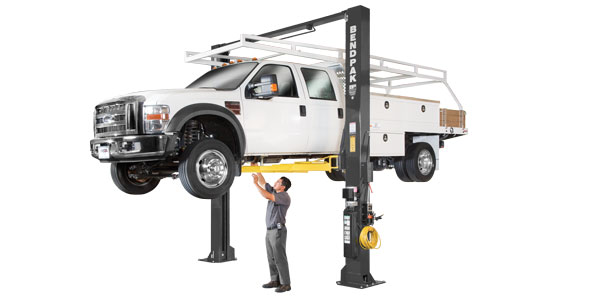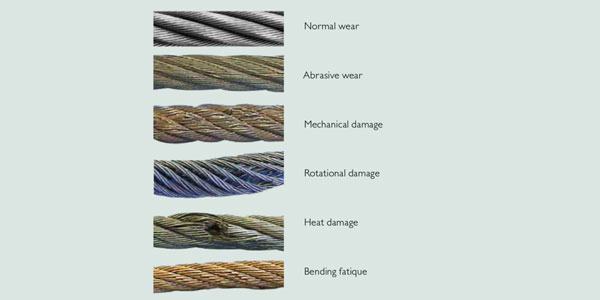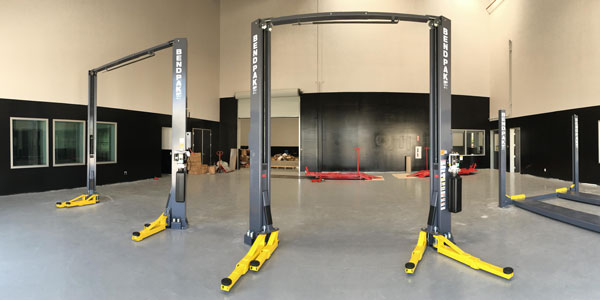Refinishing steel wheels and rims is a key component of good wheel maintenance. TMC Recommended Practice (RP) 240 gives a comprehensive overview of the proper procedures:
Initial inspection: Prior to the refinishing process, the wheel/rim should be thoroughly inspected for any damage or out-of-service conditions (refer to TMC RP 222B, “Users Guide to Wheels and Rims.”) If at any time during the refinishing process the DOT stamp or manufacturer’s identifying marks are not legible, remove the wheel/rim from service.
Pre-wash: Remove dirt, grease or debris prior to paint removal process.
Coating removal: Most processes employ a blasting cabinet that uses media such as metal shot, glass beads or other material. Sandblasting or grit by itself is not recommended. Whatever the media, it is absolutely imperative that the paint removal system results in bare metal on the mounting surfaces and bead seats.
Inspection following coating removal: After the coating has been removed, the wheel/rim should be inspected for any cracks or out-of-service conditions (see RP 222B).
Cleaning/pretreatment: Consult the coating manufacturer for recommended cleaning and pretreatment guidelines. The cleaning agent should be replaced periodically.
Bare wheel handling/storage: Technicians should only handle bare wheels with clean, lint-free, dry gloves. Bare wheels should not come in contact with the floor or other contaminants. To protect the bare wheels from moisture, the surface should be coated promptly to prevent flash rusting.
Primer application: Primer is an optional base coat applied to bare metal to improve adhesion of subsequent coat(s). Check with the coating manufacturer for recommendations.
Finish application: Powder coat involves the application of an electrostatically charged powder paint that is cured in an oven. Once out of the oven, the wheel/rim can be returned to service in a relatively short period of time. If solvent or water-based paints are applied to wheels/rims, the finish may dry at room temperature or be cured in an oven. Regardless of the type of finish applied to the wheel/rim, it should be no more than 3.5 mils total thickness on the mounting surfaces as measured mid-way between the bolt holes in a minimum of five locations on both sides of the wheel. Avoid any runs or excessive coating thickness, especially around the bolt circle, wheel/rim mounting or bead-seating surfaces. Excessive coating thickness can lead to loose fasteners, premature wear or wheel loss.
Curing: All powder coat steel wheel refinishing systems use an oven or other heat source to cure the coating. For air-dry coatings, the time required to ensure complete curing of material is at least three days. Baking the painted wheel/rim will speed up curing time. Undercured coatings have the same effect as excessive coating thickness: the soft coating squeezes from under the wheel fasteners when they are tightened.
Post-finish inspection: After the finish has been cured to manufacturer’s recommendations, the wheel/rim should be inspected for runs or excessive coating thickness. If the DOT stamp or manufacturer’s identifying marks are not legible, remove the wheel from service.




